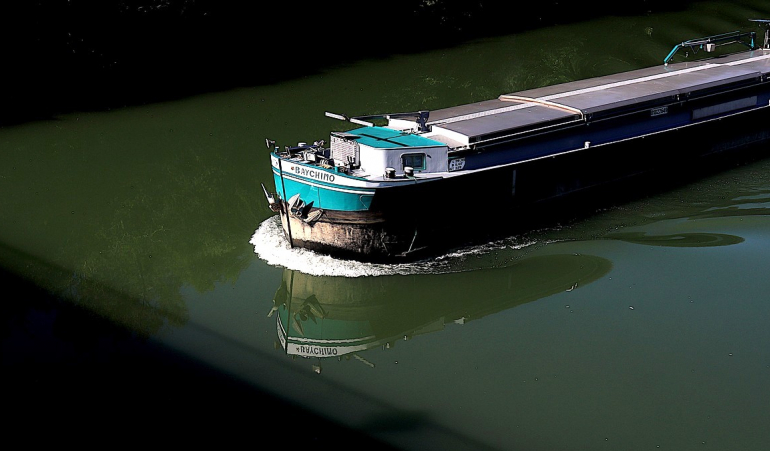
Greener civil engineering sites thanks to digital technology? The concept, already used in Wallonia, has won over Quebecers. One of the meetings held during "Montréal connecte" between players from Quebec and Wallonia is a case in point.
Now in its fifth year, this event brings together digital initiatives in a wide range of fields. The latest edition featured Brussels and Wallonia. And in the field of civil engineering, it was an innovation from the Picardy Wallonia that took centre stage. It was a "carbon" management solution for construction sites proposed by Tournai-based BizzDev.
Monitoring greenhouse gases
"To reduce greenhouse gas emissions at some of our future construction sites, we plan to take inspiration from the Tournai model," says Jean-Francois D'Amour, Director-General of Magog, a city located some 100 km east of Montreal. Mr D'Amour took part in a discussion on connected and smart territories.
The Tournai example This initiative was first launched on the vast Tournai crossing site. The project involved upgrading the Scheldt so that 2,000-ton barges could travel on it unhindered. This was already mainly the case, except on the Tournai stretch of just over two kilometres. The crossing of the city by boats was restricted and traffic was regulated by alternate routes.
Proactivity of SPW Mobility and Infrastructure
"The Wallonia Public Service (SPW) Mobility and Infrastructure had decided to be proactive with this project as part of the overall policy to reduce greenhouse gas emissions by 2030," recalls Christophe Vanmuysen, Inspector General of SPW Mobility and Infrastructure (Department of Hydraulic and Environmental Expertise).
"Specific clauses relating to the worksite's greenhouse gas emissions and reporting were included in the specifications. Interested companies were also asked to indicate the measures they intended to take to limit these nuisances. The main objective was to be globally consistent with the approach to the modal shift in freight transport. And to do so in an environmentally friendly way. In addition, transport by water allows goods to be transported in bulk, thus limiting noise nuisance and greenhouse gas emissions."
"Compared with road traffic, river transport generates three times fewer CO2 emissions, consumes three to six times less fuel and produces 45 times less noise," says SPW.
An innovation popular with companies
"The bidding companies played the game. Better still, some of them integrated this new environmental approach into other aspects of their operations than those strictly linked to the worksite in question, such as the GHG emissions of their administrative headquarters," explains Valentine Verdonck, Deputy Managing Director of BizzDev. His company was taking part in 'Montréal connecte', along with seven other Walloon digital players brought to the event by Wallonia-Brussels International and the Wallonia Export-Investment Agency (AWEX).
Capturing and digesting a wealth of near real-time data on the environmental impact of a construction site is no mean feat. This is where the expertise of the BizzDev teams makes a difference.
Whether it is consideration of the carbon footprint of personnel travelling to and from the site, the choice and management of raw materials, the necessary haulage, waste management and disposal, or the choice of the equipment to be used, the Tournai-based company has the answer. It has developed a web-based application platform for tracking social operations and calculating carbon footprints.
Better service for our customers
For the Tournai crossing, satisfaction with this innovation is clear. "After this construction site, we were able to make this solution available to ten other sites," stresses Ms Verdonck. Her company now has its sights set on Quebec. And the city of Magog in particular, where it has already opened an office.
"Next year, we will be launching one or two calls for tender that include this environmental dimension for our worksites," says Magog Director-General Jean-Francois D'Amour, who had previously visited Wallonia to gain a better understanding of the attractions and limitations of this environmental dimension in civil engineering. "Unlike Wallonia, this environmental stress is not present in Canada. There is no obligation for contractors to control their greenhouse gas emissions. But we are convinced that it offers added value for the environment and the services we provide to the public," he concludes.
Source: Christian Du Brulle for Daily Science







